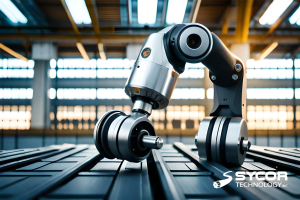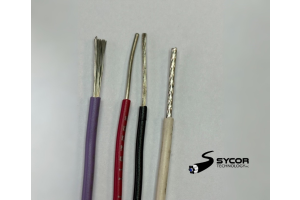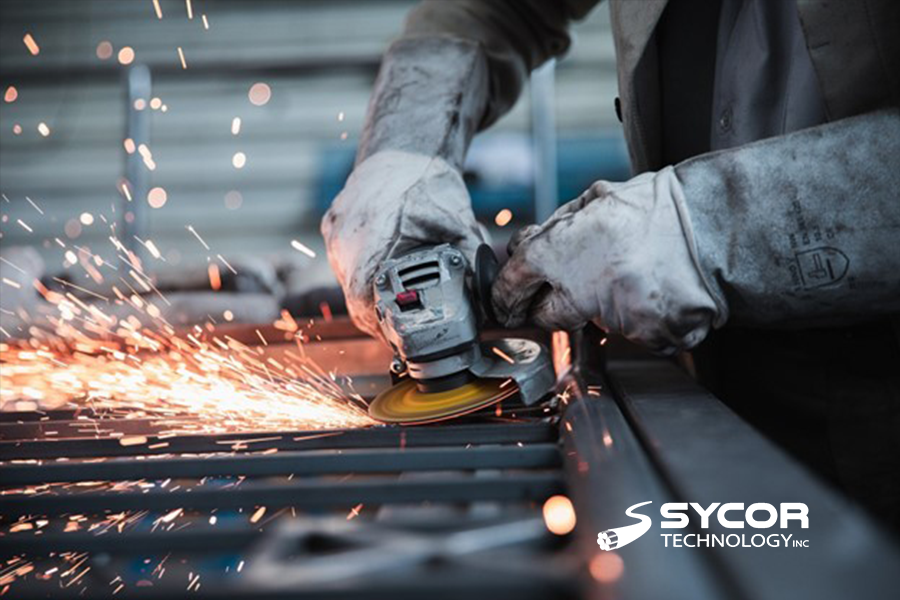
Reshoring Manufacturing
For decades, manufacturing outside Canada has lured many major corporations offshore to places like Mexico, China and other Asian countries. The attractiveness came from the various financial incentives and the ability for manufacturers to get set up relatively quickly. Combining this with the weak safety standards, low taxes and inexpensive labour, overall made offshore manufacturing too attractive to pass up, especially for larger organizations.
Offshoring has significantly reduced the number of manufacturing jobs, which North American governments have tried combating by way of tariffs and environmental protectionism. Notable instances of this include when the U.S. and China got into a tariff war, or when NAFTA got renegotiated to the USMCA. These had undoubtedly made offshore manufacturing significantly increase in price, which even before the pandemic was causing a number of jobs to return to North America. All of this combined with the supply chain breakdowns from COVID-19 is quickly restoring a large number of North American manufacturing jobs.
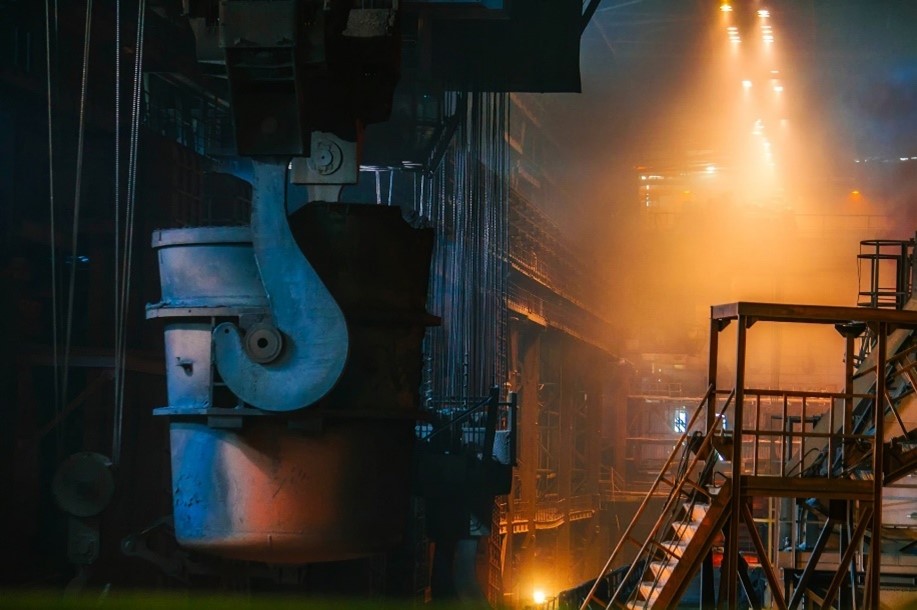
COVID-19 & Manufacturing
Manufacturing is a difficult business, even more so due to the complications brought on by a worldwide pandemic. Manufacturing leaders began to scramble to maintain business continuity, as well as rapidly adapt to the supply and demand of materials. understandably, It also caused many larger manufacturers to look at major risks that may become exposed in their supply chains. This could be raw material shortages, unreliable lead times, and even held-up shipments, which can be costly for most organizations.
As a notable case study; in Canada during July of 2020, $92.5 billion in orders went unfilled as the EMC president explained that labour issues related to infection prevention halted supply chains worldwide. EMC's president also explains that countries are recovering at a reasonable rate but are still struggling with raw material restrictions in countries like China, India and the US. Many countries that were once seen as consistently reliable now have lead times all over the place. This has put a tremendous amount of pressure on supply chain management as large organizations' mistakes can end up being very costly.
With COVID on the rise and consistent shutdowns worldwide, many organizations are attempting to see how reshoring to places like Canada or the US would benefit their company as a whole. This is much easier said than done as there's a larger number of important factors to take into account.
Robotic Automation Manufacturing
Changing manufacturing locations has a number of difficulties, and COVID has only made it more complex. On top of tariffs and governmental regulations, experts believe that COVID is beginning to increase the number of automation applications as companies have started promoting physical distancing. When robotic automation is fully and correctly implemented, it can reduce the number of employees in a single place, empower employees to take on more work, reduce costs, and significantly reduce the risk of COVID-19 affecting manufacturing operations. These benefits are why robotic automation organizations are confident that even if the vaccine doesn't come in the estimated time frame, automation sales will pick back up, as all other alternatives would significantly increase the risk of COVID-19.
|
Robotic Automation Manufacturing |
Traditional Manufacturing |
|
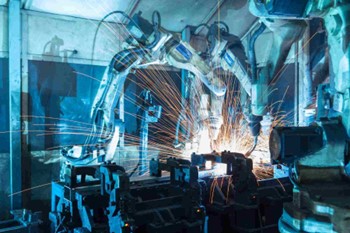 |
VS |
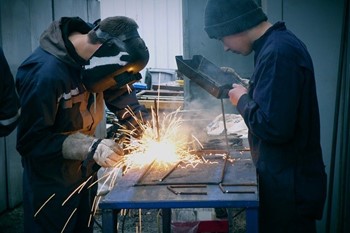 |
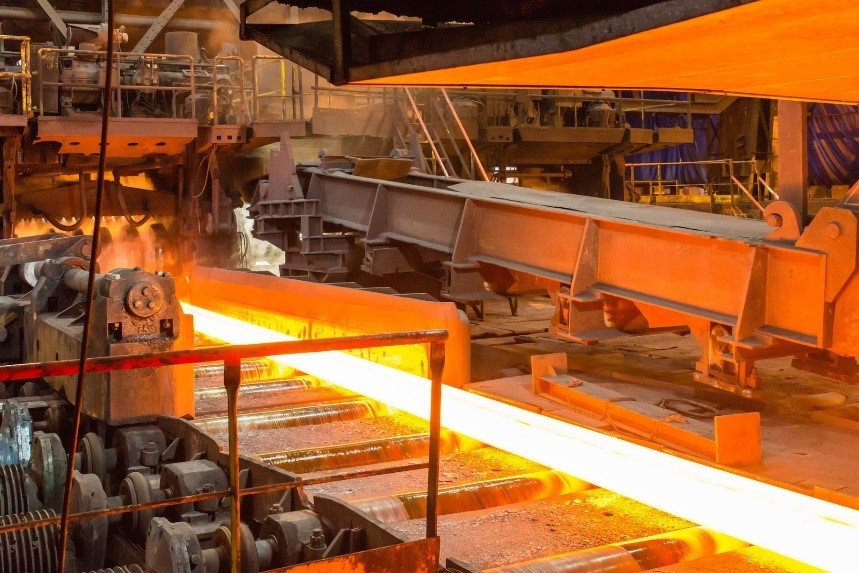
Why is manufacturing starting to come back?
Governmental regulations and tariffs have continued to grow in the past ten years, making navigating legal and government issues more difficult while also cutting more into companies' profits. Tariffs can come and go over time, but labour issues and trade disputes can often dilute margins very quickly. Experts believe that this pandemic has exposed the international supply chains' overall fragility, making many international manufacturers seriously reevaluate where they want their products produced.

Manufacturing Reshoring Considerations
- Can you access the suppliers in Canada for everything you need to make your product?
- Do you have the skilled labourers at your disposal? Canada currently has a critical labour shortage. The manufacturing industry, as well as the government, are working to increase interest in manufacturing among young Canadians. This is being done through educational programming and scholarships, yet shortages remain.
- What will reshoring your manufacturing operation cost?
As discussed above, manufacturers are currently pulling supply chains closer to try and avoid large-scale distribution during the pandemic. With the "Made in Ontario," "Made in Quebec," and "Made in Canada" back on the rise, manufacturing is starting to get traction, but when the labour left Canada, so did many of the skilled worker's knowledge. This meant there were very few key labourers who actually had the ability to complete specific applications.
In order to reshore manufacturing, a few different things will need to occur, such as individual organizations will require specific R&D (research and development), training, and implementation to launch successfully. The government has invested 32 billion in federal grants as incentives in an attempt to bring more manufacturing back to Canada, yet there's still a considerable labour shortage. With incentives growing and supply chains breaking down internationally, we'll more than likely see a large number of manufacturing organizations return to Canada and other parts of North America.
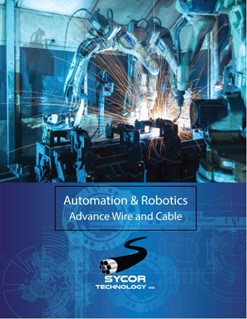 |
Sources
For more information about us:
Call Toll Free - 1.800.268.9444 or Email Us - [email protected]

